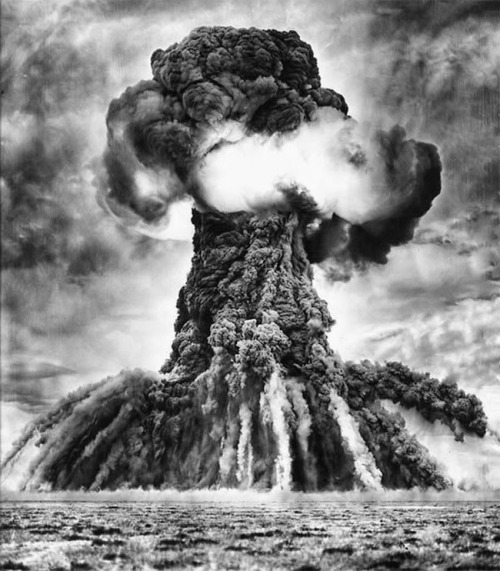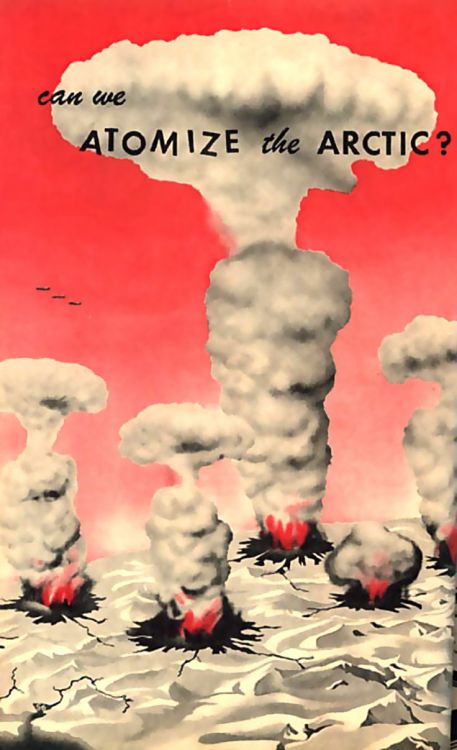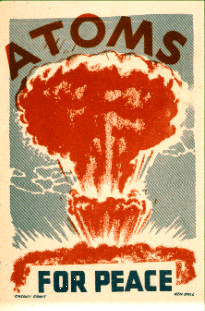peashooter85:Project Plowshare and Nuclear Explosions for the National Economy,In the 1950’s scienti
peashooter85:Project Plowshare and Nuclear Explosions for the National Economy,In the 1950’s scientists first proposed the idea of using nuclear weapons for peaceful purposes, essentially replacing TNT as the main explosive for moving earth, creating tunnels and canals, cutting paths through mountains for highways or railroads, and for other civil engineering projects. Thus in 1961 Project Plowshare was created to study the use of nuclear weapons for peaceful purposes. Between 1961 and 1973, 27 atomic bombs were detonated as part of the project. Three were detonated to test the feasibility of using nuclear explosives to stimulate gas flow in a low permeability natural gas field. The study was a failure when it was determined that the natural gas produced was too radioactive for use. While the project was promising, it was doomed by the radioactive fallout that resulted after a nuclear explosion, thus making the results hazardous to the health of those who benefited from it. One of the most notorious tests was the underground Sedan explosion, conducted in Yucca Flat, Nevada on July 6th, 1962, to test the feasibility of using nuclear explosives for mining and excavating purposes. The resulting blast ejected 12,000,000 tons of radioactive soil into the atmosphere, which spread as far as West Virginia, Ohio, and North Carolina.Overall Operation Plowshare cost a total of $700 million.Since the Americans were doing it, the Soviets had to do it too, except they had to do it bigger and better. In 1965 the Soviet Union began the “Nuclear Explosions for the National Economy” project, which detonated 156 nuclear devices between 1965 and 1988. Unlike Project Plowshare, the NENE project was done with practicality in mind. Few of the Soviet peaceful nuclear explosions were scientific tests, but were used to actually excavate mines, create canals, build dams, and conduct other works of engineering. Like Project Plowshare, radioactive fallout often negated positive results, although the Soviets gave much less of a damn about it than the Americans did. Many of the explosions caused irreversible environmental damage. 20 years after the Kraton-3 explosion in Siberia in 1973, plutonium levels in the nearby waterways and aquifers were still thousands of times higher than recommended safe levels. The Chagan explosion conducted in 1965 (top picture) spread radioactive material across Asia as far as Japan. -- source link
Tumblr Blog : peashooter85.tumblr.com


